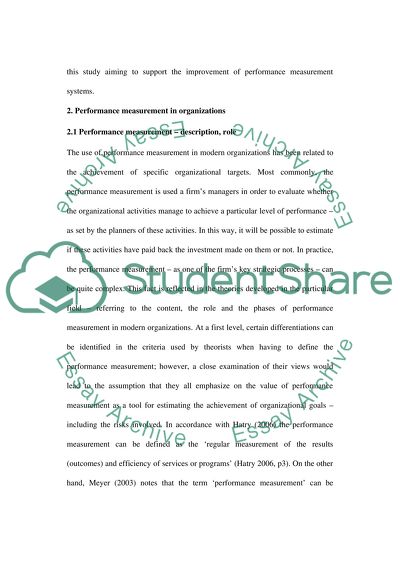Cite this document
(“There are limitations, but financial and management accounting perform Essay”, n.d.)
Retrieved from https://studentshare.org/environmental-studies/1407409-there-are-limitations-but-financial-and-management
Retrieved from https://studentshare.org/environmental-studies/1407409-there-are-limitations-but-financial-and-management
(There Are Limitations, But Financial and Management Accounting Perform Essay)
https://studentshare.org/environmental-studies/1407409-there-are-limitations-but-financial-and-management.
https://studentshare.org/environmental-studies/1407409-there-are-limitations-but-financial-and-management.
“There Are Limitations, But Financial and Management Accounting Perform Essay”, n.d. https://studentshare.org/environmental-studies/1407409-there-are-limitations-but-financial-and-management.


